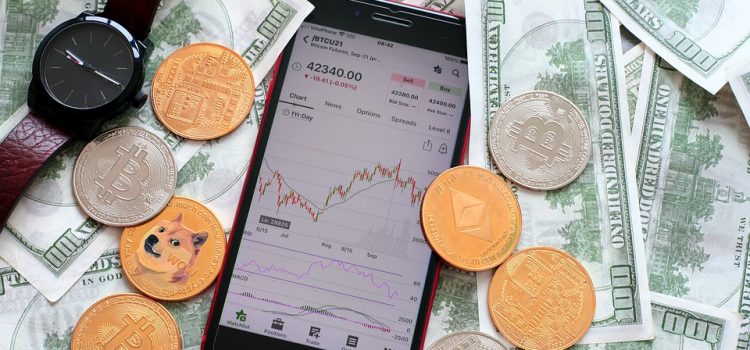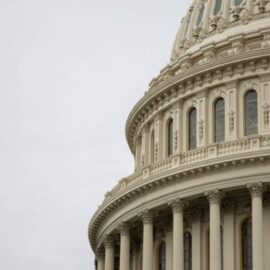
Why and how did Sam Bankman-Fried build his cryptocurrency empire? Why did his managers and half of his employees quit?
According to biographer Michael Lewis, Sam Bankman-Fried’s financial empire began with Alameda Research. Lewis explains why and how Bankman-Fried started the quantitative cryptocurrency trading firm.
Read more to learn about the development and rise of Sam Bankman-Fried’s Alameda Research.
Sam Bankman-Fried & Alameda Research
According to Lewis, Sam Bankman-Fried realized it was unlikely that his position at Jane Street Capital was maximizing his value to the world, as effective altruism required. Moreover, cryptocurrencies were booming in 2017, with a billion dollars of crypto traded daily, even though traditional trading firms like Jane Street wouldn’t touch them.
So, Bankman-Fried realized that he could likely earn (and thus give) substantially more—by his estimation, potentially $1 million a day—by trading in the inefficient crypto market. For this reason, Bankman-Fried left Jane Street in 2017 to start his own quantitative cryptocurrency trading firm: Alameda Research.
As Lewis relates, Sam Bankman-Fried’s Alameda Research grew from a small group of effective altruists to a firm generating upwards of a billion dollars in annual profit by 2020.
Alameda’s beginning wasn’t seamless, however. Lewis writes that, although Bankman-Fried had convinced wealthier effective altruists to loan him $170 million, by February 2018, the trading system that he had implemented was losing half a million dollars daily. Moreover, tensions started to mount with his employees—a small group of 20 effective altruists—as Bankman-Fried refused to take their concerns seriously, even playing video games during key one-on-one meetings with his team. These tensions culminated in April of 2018 when his entire management team and half his employees quit in protest.
(Shortform note: Bankman-Fried’s struggle to retain employees is a common experience among startup founders, as employees at startups often jump ship for a variety of reasons. For instance, startups are notoriously volatile and unstable, leaving many employees tempted to work elsewhere with more long-term certainty. Moreover, employees at startups are often forced to work long hours because of the additional work needed at the beginning of a startup, leaving them burnt out.)
Lewis reports that with nobody left to challenge him, Bankman-Fried made the bold decision to turn on Modelbot, an automated trading program that exploited international cryptocurrency price disparities to earn quick profits. Modelbot might, for example, notice that Bitcoin was selling for $5,000 in the US and $5,100 in Taiwan, and automatically purchase it in the US and sell it in Taiwan to guarantee a profit. Ultimately, Modelbot was a massive success: Alameda made a profit of $30 million in 2018, even after the initial investors withdrew most of their funds when Bankman-Fried’s entire management team quit. And, as Lewis relates, these profits grew larger over time, with Alameda making $100 million in 2019 and $1 billion in 2020.
(Shortform note: Although Modelbot earned money consistently in early-to-mid 2018 by exploiting price disparities between the US and Japanese cryptocurrency markets, its success was short-lived: By the end of 2018, these arbitrage opportunities had vanished as both markets became more efficient, leaving the price of cryptocurrencies identical in both markets.)






